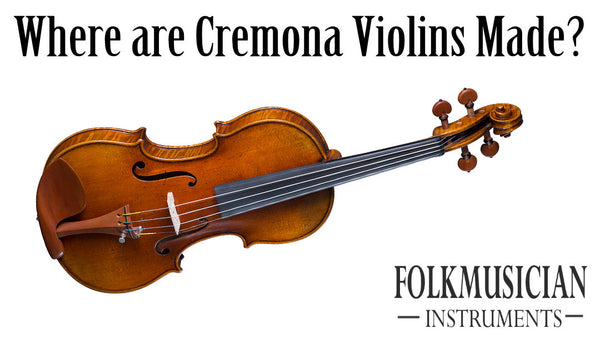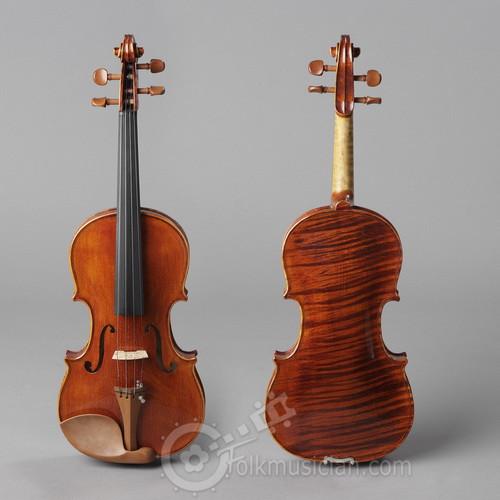Cello Buyers Guide
This is a real quick rundown on what to look for in your first cello. Most players will look for a full outfit, which means it comes with a case and a bow. A Cello Outfit will normally include the rosin as well, but not always.
All solid woods.
Look for a solid spruce top, solid maple back and sides. Try to avoid cellos that use laminated woods. Laminated means plywood. A good rule is that if it does not specifically say "SOLID WOOD" it is likely laminated.
Ebony fingerboard.
You really need an ebony fingerboard. Ebony is a wood that is nearly hard as rock. It resists wear and warpage and is the ONLY good choice of wood for a fingerboard. Watch out for Cellos that use "Ebonite". This is not ebony. Ebonite basically means dyed black to look like ebony.
Ebony fittings such as tuning pegs:
Tuning pegs can be Ebony or Boxwood. It is not unheard of to use good quality rosewood; however, the rosewood commonly used is very low quality and not acceptable. Choose a cello with Ebony or boxwood, nothing else.\
Case
A cello is very fragile. A case is well worth the money, and is almost mandatory. Most Cello will come in a padded Gigbag or featherweight case. These are fine for most players. If the cello is highly valuable, a Hardcore can be purchased. These do get expensive though.
Cello Bow
Most bows are of at least adequate quality. Look for Brazilwood on lower grade cellos. Pernambuco or Graphite on a high-end cello. You generally want real unbleached horse hair. As of now, no synthetic substitutes works as well.
Rosin
Your new cello may not come with rosin. That is fine, it is only a few bucks to get a cake. Cello rosin is sticky compared to violin rosin, so while you can use violin rosin, the formulation is slightly differnt.
Cellos Tailpiece with Fine Tuners
While it isn't 100% critical that your new cello have fine tuners, they do make life much easier for beginners. Not all Cellos include them and this is just based on price. Many professional grade instrument do not ahem them either. If the instrument you have chosen, doesn't include them, they can be added later.
Cello Strings.
Cello strings play a big factor in the tone of the instrument. The best strings are very expensive, and may actually cost more than some lower priced cellos. A good compromise is a quality set of steel strings from a good maker like D'Addario. Their Prelude model is a long time favorite with students.
Cello Prices.
This can run from hundreds to thousands of dollars. There are many options and price ranges. If you can not afford the $500 range (or more), it may be better to rent or consider a different instrument. We never like to discourage someone who can not afford an expensive instrument, but the Cello is one of the cases where even the lowest grade instruments are very expensive. If you drop down below $300, you can get a usable instrument, but need to be cautious. Look for a well reviewed model.
Resale Value
Your cello will retain some resale value, so when it comes time to upgrade, or get a larger size, you are not starting from scratch. Your cello can be sold to recover some of the costs.
Leave a comment
Comments will be approved before showing up.
Also in Fiddle-Violin


